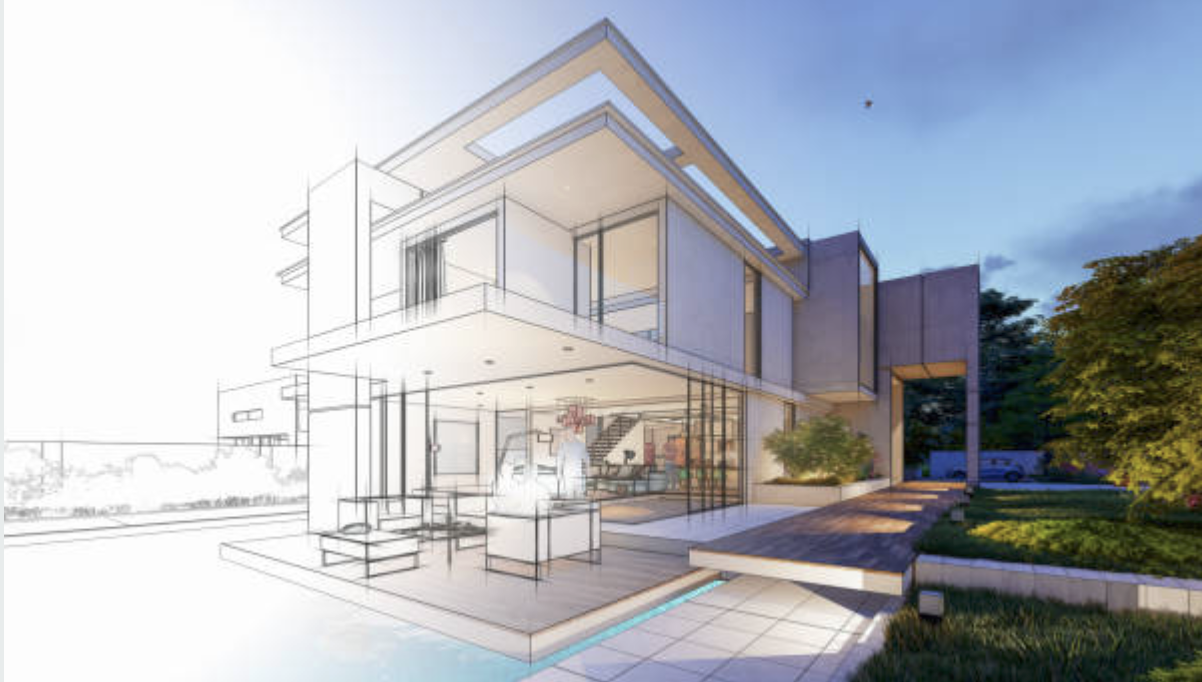In the realm of modern architecture, technology has become an indispensable tool, opening up new avenues for creativity and communication. One of the most remarkable innovations in this field is CGI (Computer-Generated Imagery) visualisation. Let’s dive into what CGI visualisation is, and explore the multitude of benefits it brings to the world of architecture.

What is CGI Visualization?
CGI visualization, often referred to as architectural rendering, is the process of creating realistic and immersive digital representations of architectural designs. It involves using advanced 3D software to craft lifelike images and animations that allow architects, clients, and stakeholders to visualize a building or space before it’s even constructed. This powerful tool brings concepts to life, providing a virtual window into the future.

The Benefits of CGI Visualisation:
Visual Clarity: Traditional blueprints and 2D drawings can be challenging to interpret, leaving room for misunderstandings. CGI visualisation eliminates this ambiguity by creating vivid, detailed representations that everyone can understand, from architects to clients and construction teams.
Design Validation: CGI allows architects to test and validate their designs in a virtual environment. This process helps identify potential design flaws, layout issues, or even opportunities for improvement, ultimately leading to a more refined and functional end result.
Client Engagement: Imagine taking your client on a virtual tour of their dream building long before the first brick is laid. CGI visualisation enhances client engagement by enabling them to explore the design from different angles, making them an integral part of the decision-making process.
Time and Cost Savings: CGI visualisation helps streamline the design process. It reduces the need for frequent revisions and minimises costly changes during construction. The ability to catch potential issues early can save both time and money.
Marketing and Presentation: Architects and developers can use CGI visuals to market their projects effectively. High-quality renderings and animations can be used in brochures, presentations, and marketing materials to showcase the project’s potential, attracting investors and potential buyers.
Creativity Unleashed: CGI allows architects to experiment with various design elements, materials, and lighting scenarios. This creative freedom helps architects push boundaries, explore unconventional ideas, and bring their wildest concepts to life in the virtual world.
Realism: With advancements in CGI technology, the level of realism achievable in visualisations is astounding. Photorealistic renderings and animations provide a clear, accurate representation of the final product, making it easier for stakeholders to visualise the project’s true potential.